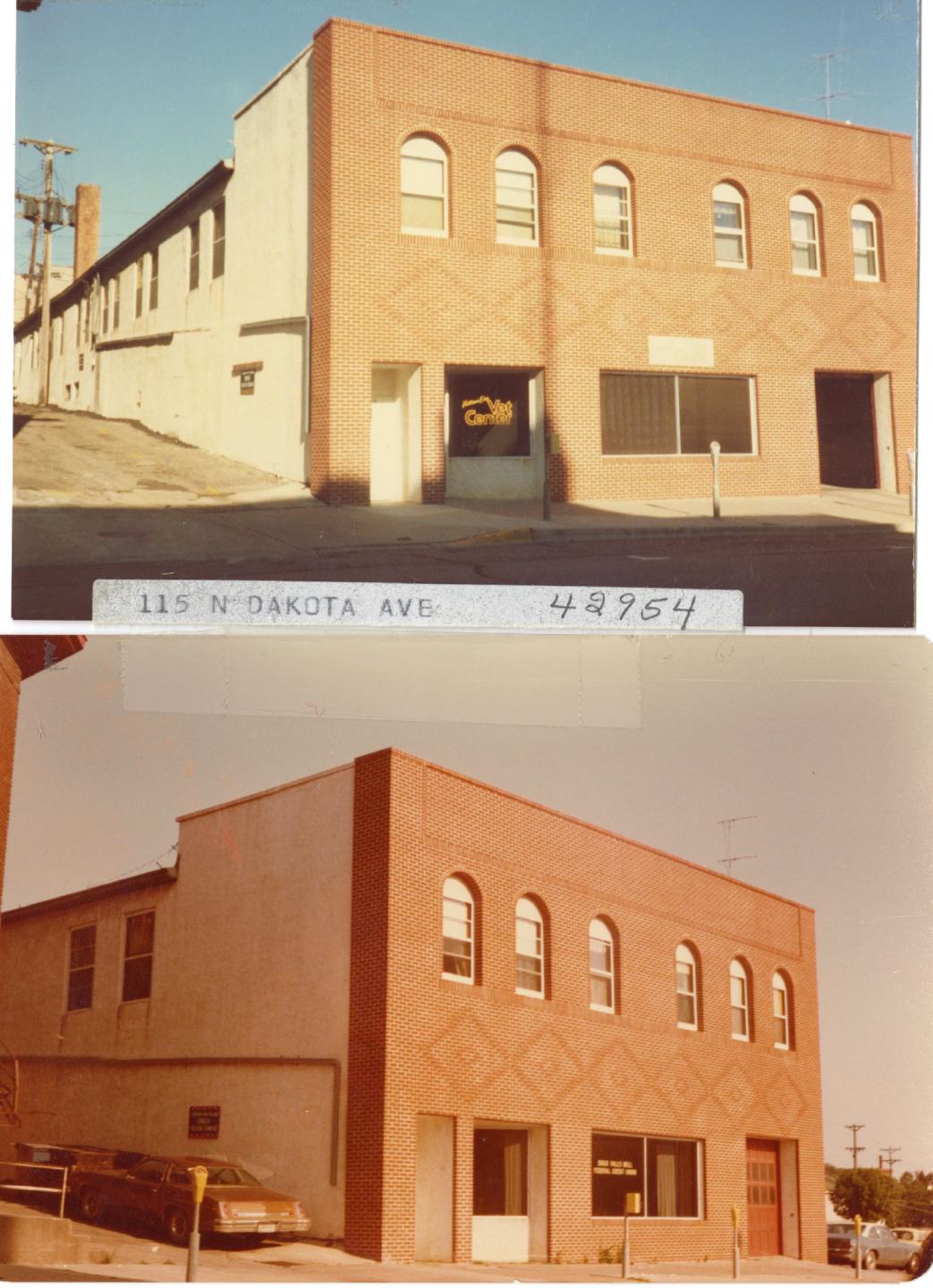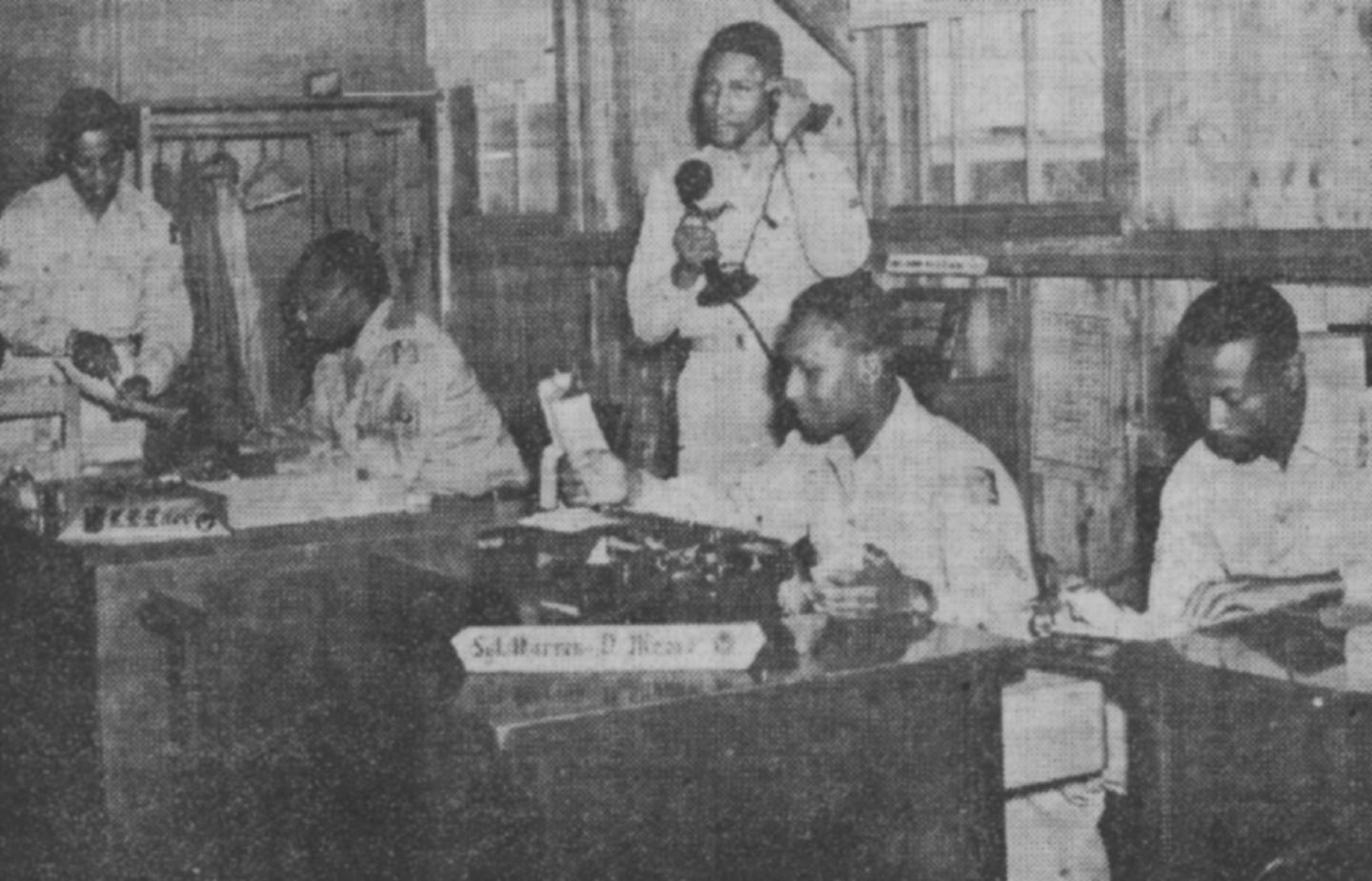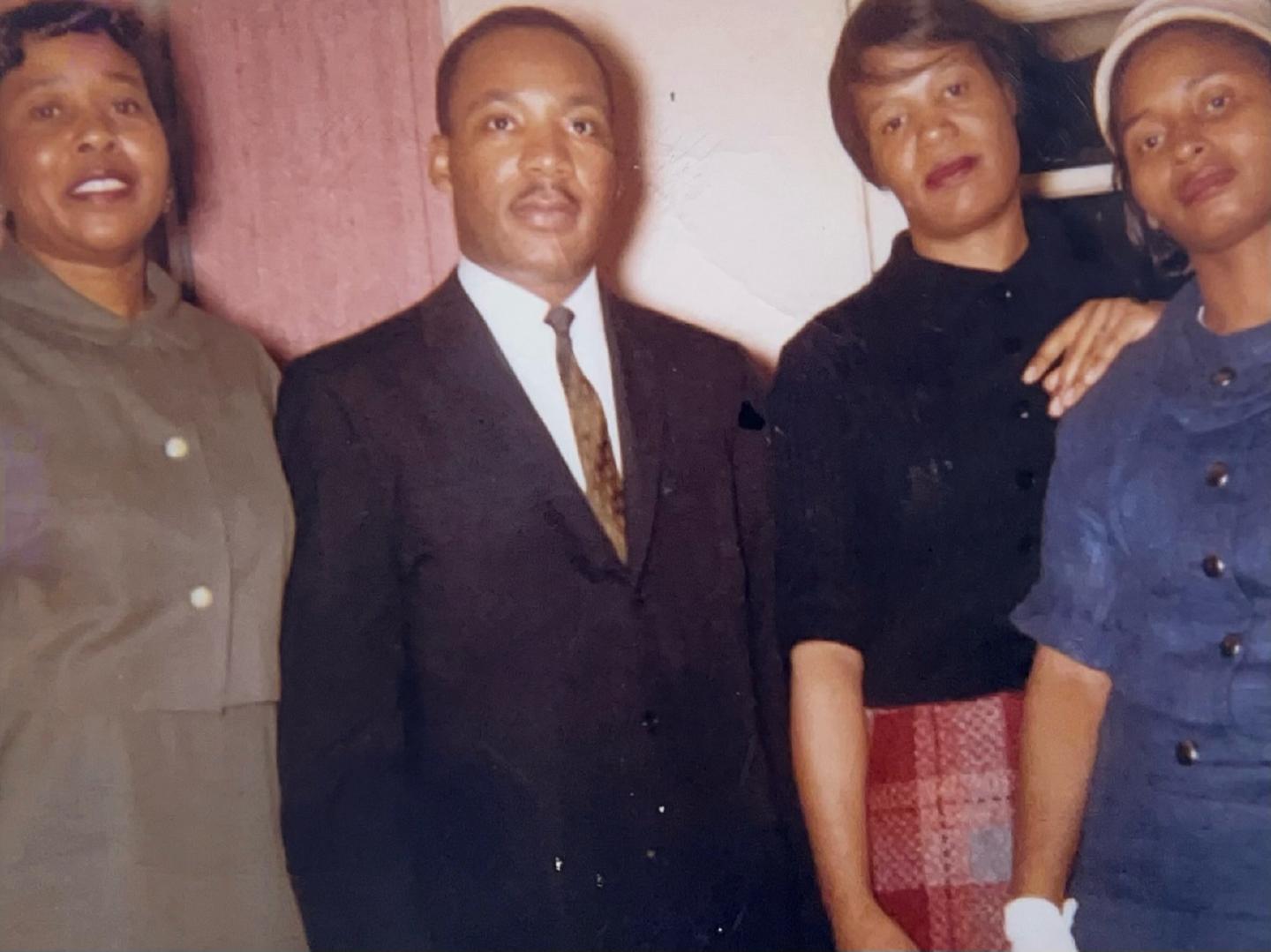Jack and Emma Armstrong and the Black USO Center During World War II

The stationing of African American soldiers to Sioux Falls during World War II led to changing racial demographics for the city. Jack and Emma Armstrong and the Black USO center would help unite the African American community and serve as a catalyst for civil rights.
In 1943, Private John “Jack” Armstrong finished a long day of physical training at Joe Foss Field Air Force Base in Sioux Falls, South Dakota. That night, Armstrong wanted to relax and go out to dinner with his friends. However, his commander Captain J.E. Shannon informed Armstrong and other African American servicemen that they were permitted to eat in only two restaurants in the area, the Canton Cafe and Hamburger Inn. Armstrong recalled, “I thought I had come to a place where they respected [African American] soldiers." Armstrong was accustomed to Jim Crow prohibitions in the South, but the Georgia native was shocked to find that racial segregation existed in the North. Due to the influx of African Americans to South Dakota during World War II, the Black USO Center was created in Sioux Falls as a public gathering space for the African American community and a social hub for the fight to end second-class citizenship.
Before U.S. entry into World War II in 1941, Sioux Falls held a population of 40,832 and was predominantly White. Racial demographics changed across the state of South Dakota as wartime mobilization meant African American enlistees moved to Ellsworth Air Force base near Rapid City and Jose Foss Air Force Base near Sioux Falls. Like Jack and Emma Armstrong, Sioux Falls would see an influx of African Americans, primarily from the South. At least 300 African Americans would travel to complete training in Sioux Falls. The mayor and city commissioners worried an influx of African Americans would create social tensions. Due to this racial divide, African Americans needed a space to shield newcomers in their community.
The city of Sioux Falls created their United Service Organization (USO) Center in 1942 in the basement of a St. John's Baptist church. After more service members arrived, a new building was needed. The African American community would receive a generous donation from a Jewish businessman named Benjamin Marguiles. Who would continue to advocate for racial justice in the coming years through the NAACP. In 1943, Marguiles provided one of his properties, 115. N. Dakota Ave., with the first floor serving as the Black USO Center and the second floor as fourteen income-adjusted apartments for African American families. The goals of the Center were to provide a home away from home for the soldiers and their families serving at the air base. The Center would provide activities of recreation such as Jazz concerts, game nights, and performances from singers or comedians. It would also help the African American community, by giving support to mothers with newborn children and providing a space for soldiers to relax and socialize.
Jack's wife, Emma, would be a prominent figure in the fight for racial equality in Sioux Falls. With the African American community encompassing a small percentage of residents, the community was very tight knit. It was incredibly difficult for African Americans to find employment outside of blue collar jobs after the war. Emma would help out struggling African American families by tutoring young Black children at the Center. She would also serve as a church mother and would organize events at the Baptist Church, later on in her life, she would assist in the organization of a visit from Martin Luther King, Jr. The Armstrongs would be frequents at the USO Center as they lived in the apartments directly above it. After the Center opened at the new location, a nucleus for African American families was erected around 115 N. Dakota Ave.
The Black USO Center served as the epicenter and hub for the African American Community within Sioux Falls, it united and advanced the communities small population along with laying the foundation for the growing African American community in Sioux Falls. The creation of the USO Center would change African American history within Sioux Falls forever and started the fight for social justice in South Dakota.
Images


